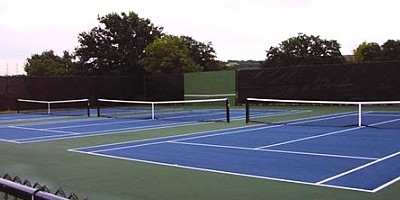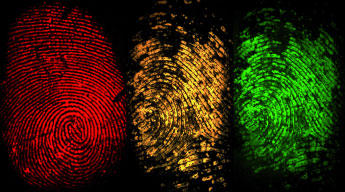 |
| Technicians at the Goddard Space Flight Center earlier this month. A dozen Goddard patents are going up for auction Thursday. Photo: NASA |
Psst. If you’re thinking of getting into the intelligent smoke-detector business or building a swarm of nano-bots, NASA has a few patents for you.
In fact, you might even get them at a bargain price. They’re up for auction Thursday in Los Angeles, at an event run by the patent-selling company ICAP Patent Brokerage. NASA (the National Aeronautics and Space Administration) is listing them as part of a pilot program that has been running for the past four years, trying to make its space-aged technology available to the public.
Who wouldn’t want a crack at the NASA patent, “Swarm Autonomic Agents with Self-Destruct Capability?”
That’s included in one of the three patent lots that will be auctioned Tuesday. Two of the lots cover autonomic computing, including techniques that help large numbers of tiny devices — NASA calls them “autonomous nanotechnology swarms” — figure out whether or not they’re working properly, share information and even self destruct for “self protection of the entire system,” according to NASA.
Another of the autonomic patents describes a way of reporting a broken smoke detector, a technique that appears to be much more carefully thought-out than the industry-standard 2 a.m. beeping noise.
“These are interesting: they are generally about the way these independent networked devices interact with one another,” says Brian Way, Director of Intellectual Property Law at chip-maker Altera.
All told, there are 12 NASA patents up for auction in the three lots. The third group of patents is less sexy, covering software development techniques. All of the patents were developed by NASA’s Goddard Space Flight Center in Greenbelt, Maryland.
Unlike others at the ICAP auction, NASA isn’t selling its patents outright. Instead, it’s offering exclusive licenses. Three years ago, a company called DynaDX bought licenses to 10 NASA patents covering a complicated set of algorithms for analyzing signals. It’s now using them to build brain-pressure-measuring devices that can help diagnose whether someone has had a stroke and monitor treatment in dementia patients.
The patent auctions are an experiment in making NASA’s work useful to a wider audience, says Daniel Lockney, a Technology Transfer Program Executive with NASA. “We’re not making a lot off of this. It’s one of the agency’s goals to transfer as much of this technology to the public as possible.”
Lockney couldn’t say how much the patents are expected to fetch if they sell Thursday.
NASA researchers have filed more than 6,000 patents over the years. Most of them have expired by now, but the agency still has about 1,250 it can license out, he says.
And starting this summer, it will be looking for new ways to do this, beyond the ICAP auction. Lockney says that NASA will put out a request for proposals, asking for some new patent ideas. “We’re asking for no-cost-to-the-government contracts for IP brokerage services and then the brokers who would come in would determine a way to monetize their contribution,” he says.
Fonte: Wired Enterprise














